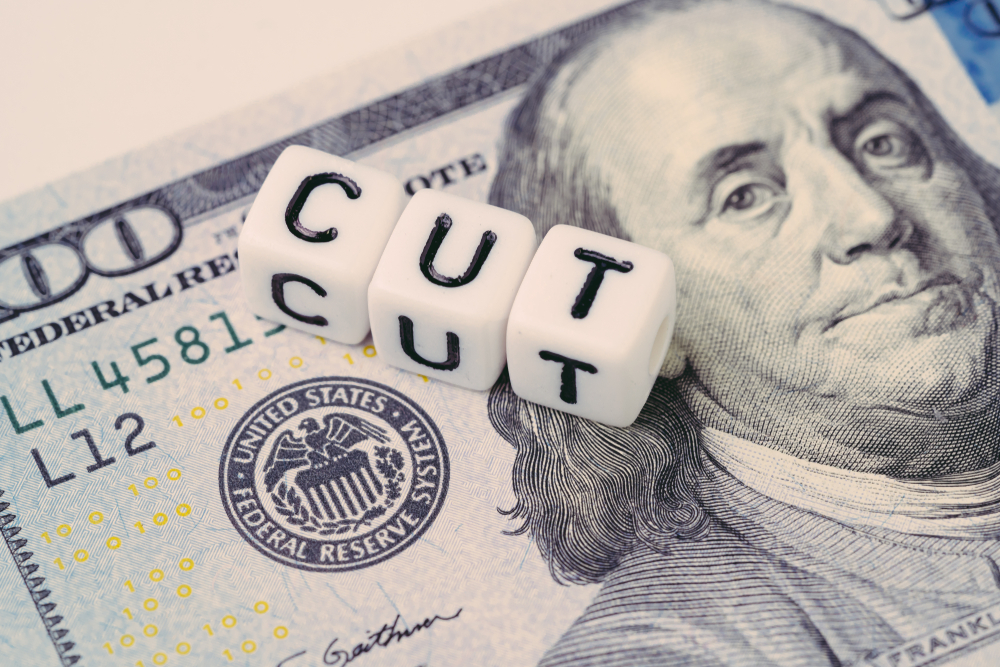
The US dollar went down compared to its major rivals on Thursday morning following a difficult day in which the country’s central bank took interest rates even lower than before.
On Wednesday, the Federal Reserve decided to cut interest rates for the third time in 2019, reducing it to 1.75% from 2% – a cut of 25 basis points.
While it did suggest that it may put future interest rate cuts on hold, traders were largely sceptical of this notion.
One comment from the Fed, which stated that it would “act as appropriate” to ensure that the US economy did not contract, was interpreted by many as a sign that further cuts could be on the way.
There was also some surprise at the Fed’s decision to use a shorter statement, and to reduce the amount of wording it released.
According to forex market analysts, this decision appeared to be a way of ensuring that the Federal Open Market Committee did not back itself too far into a corner.
At first, the greenback responded positively to the developments.
The dollar index, a tool which is used by traders to mathematically calculate where the dollar is performing in comparison to six other currencies, was seen at 98 at one stage.
This represented its best performance since mid-October.
However, it was soon seen to sharply decline – and went down by almost half a percentage point at one stage and was seen at 97.29.
In a sign that risk was off, the Japanese yen managed to do well against the dollar.
The US dollar was seen at 108.66 in its pair with the yen, representing a decline of a fifth of a percentage point.
Part of the problem for the dollar also came from global trade news.
Chile, which was supposed to have been hosting a summit of the Asia-Pacific Economic Cooperation group, or APEC, in the middle of next month, announced suddenly on Wednesday that it was cancelling the event.
The US was expected by some analysts, at least, to be attempting to sign a trade pact with China at that event.
However, there was some positivity among analysts that the cancellation of the event will not remove the possibility of a deal for the two nations.
Elsewhere around the world, the single European currency was down 0.1% in its pair with the US dollar – meaning that the greenback did not fully have its value wiped out.
In Britain, confirmation arrived on Wednesday that a general election would take place in December – putting all political parties firmly on campaign footing.
This development meant that the pound received something of a boost.
It was seen up by a fifth of a percentage point in its pair with the US dollar at one stage.
In other central banking news, the Bank of Japan announced that it would keep its low interest rates in the same position as before.
However, it did confirm that the possibility of further rate cuts in the future were on the cards.
However, the move from the Bank did not cause much of an effect on the foreign exchange markets.
 Between 74-89% of CFD traders lose
Between 74-89% of CFD traders lose  Your capital is at risk
Your capital is at risk  Your capital is at risk
Your capital is at risk  Your capital is at risk
Your capital is at risk